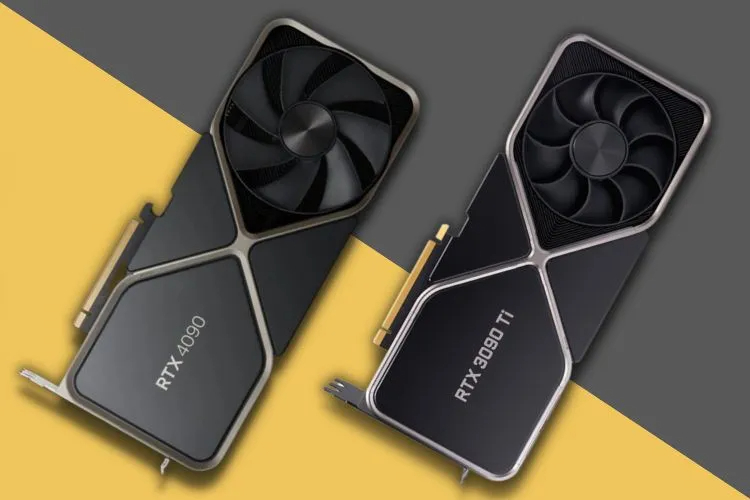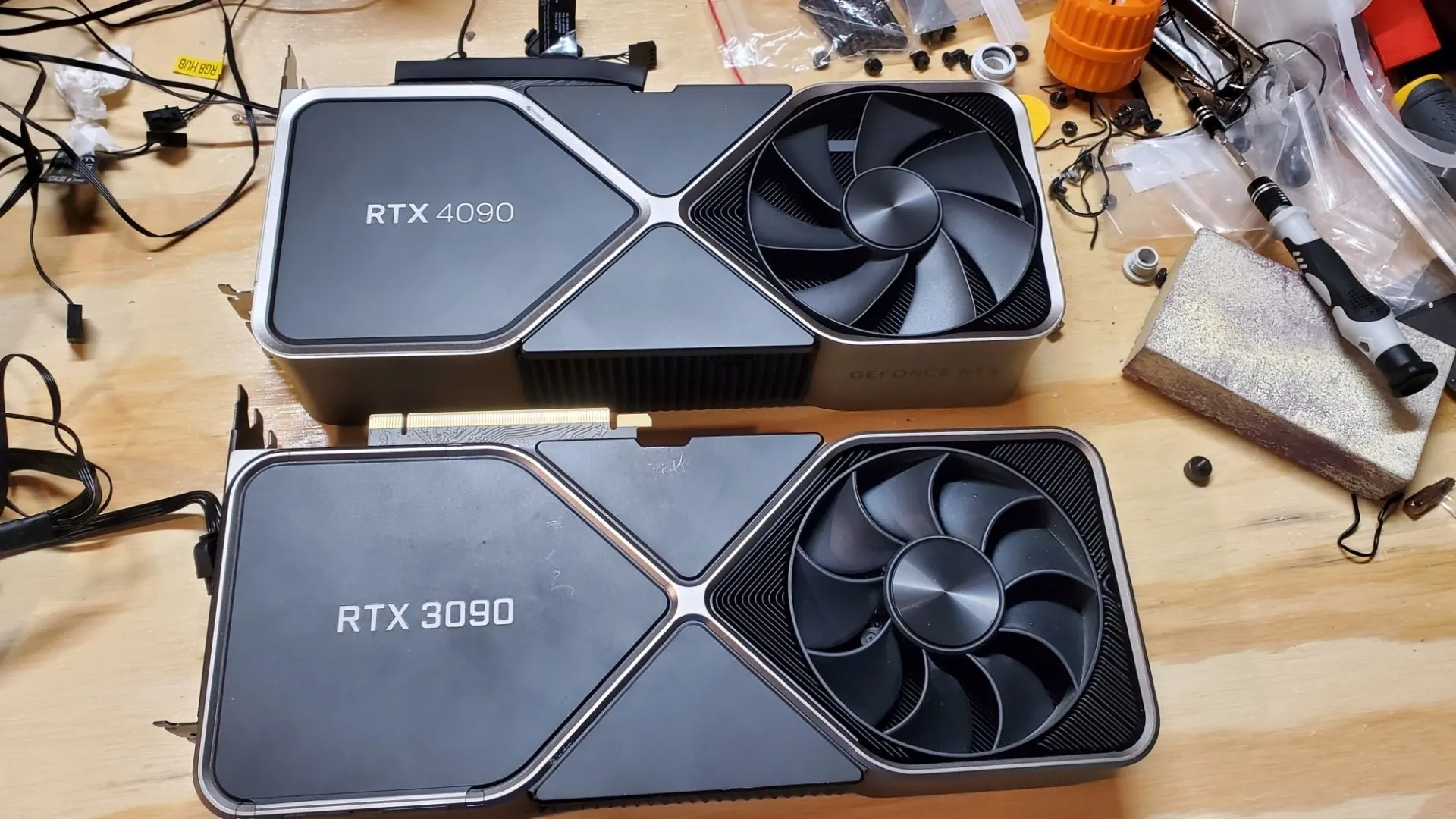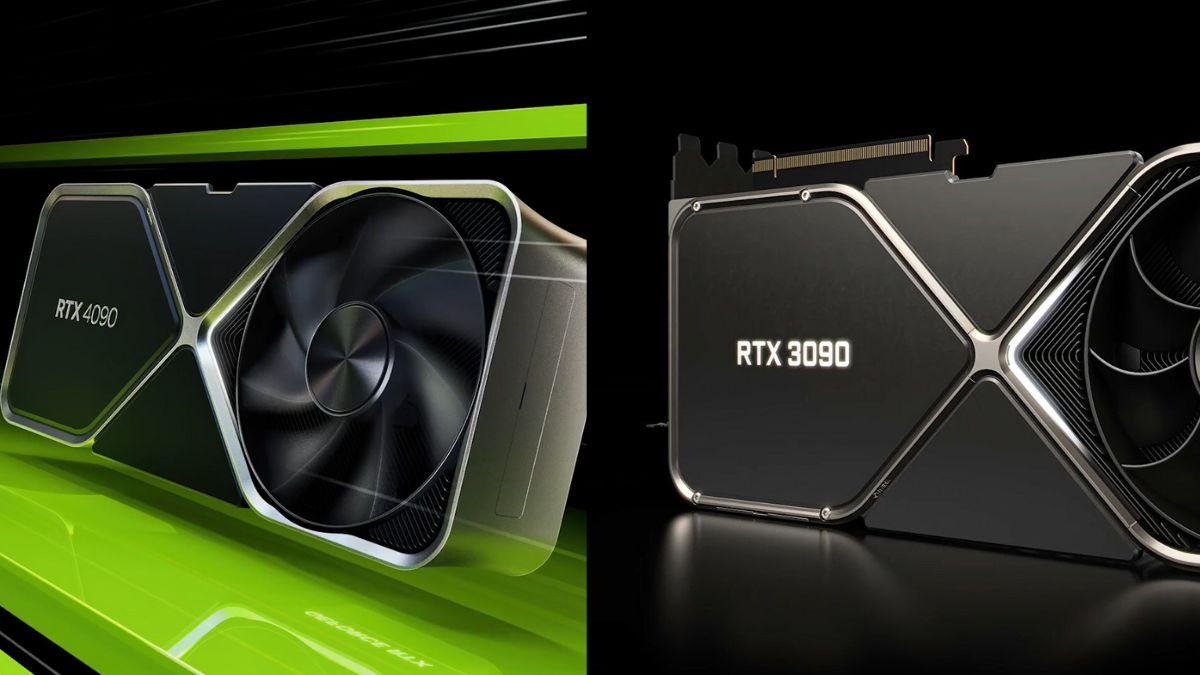The graphics card market regularly sees a battle of titans when new technology emerges to challenge reigning champs. NVIDIA’s graphics cards frequently occupy the spotlight, with the 3090 and 4090 representing the pinnacle of gaming and performance GPUs. This article will juxtapose these two formidable graphics cards to guide consumers in making an informed choice based on power, performance, and price.
Comparing Technical Specifications
Key Differences in GPU Architecture
The core architecture of the 3090 and 4090 GPUs is fundamentally different. While the 3090, based on the NVIDIA Ampere architecture, already presented a significant leap, the 4090, built on the newer Lovelace architecture, takes a monumental stride with its advanced design. This newer architecture promises greater efficiency and power, translating into an increased number of CUDA cores, higher clock speeds, and more robust performance.
Memory and Bandwidth Competence
Both cards boast impressive VRAM capacities but differ in their execution. The 3090 comes with 24GB of GDDR6X memory, while the 4090 is equipped with even faster GDDR6X memory. The memory bandwidth on the 4090 surpasses that of its predecessor, allowing for quicker data processing and handling more complex textures and larger datasets with ease.

Assessing Performance for Gaming and Creative Work
Gaming Performance Face-off
In gaming, both the 3090 and 4090 provide top-notch performances, but the 4090 comes out ahead with a notable margin in frame rate and rendering ability, especially in 4K and 8K settings. With its higher core counts and advanced features, it can handle graphically intensive games with ease, offering a more future-proof solution as game developers continue to push graphical boundaries.
Rendering and Productivity Benchmarks
For professionals in rendering and video production, the 4090 makes a strong case with its enhanced speed and efficiency. Rendering tasks that take considerable time even with the high-end 3090 can see significant speed improvements, aiding in tighter workflows and increased productivity. The upgrade in architecture also means better optimization with creative software, making the 4090 a potential essential for those who prioritize time and performance.

Evaluating Power Consumption and Efficiency
Thermal and Power Considerations
Each new generation of graphics cards usually brings more power demand, but NVIDIA has managed to balance this with efficiency. The 4090, despite its advanced capabilities, doesn’t proportionally increase its power consumption when compared to the gains it offers over the 3090. However, it does require more power, and users must ensure their systems can accommodate this need with stronger power supplies and proper cooling.
Energy Efficiency and Sustainability
With burgeoning discussions around energy consumption and sustainability, efficiency is more critical than ever. Here the 4090’s architecture shows its strength, providing more performance per watt and becoming a more appealing option for eco-conscious users and those looking to maximize the output from their power input.

Price Consideration and Value Proposition
Cost Analysis for Budget-Conscious Users
The 3090 was already considered a luxury item given its high price point at launch. The 4090’s price tag is steeper, raising questions about value for money. Budget-conscious users or those who do not need the absolute latest tech may find the 3090 sufficient for their needs and a more cost-effective investment than the 4090.
Long-Term Value and Investment
On the other hand, users looking to future-proof their systems for emerging technologies and demanding applications might lean towards investing in the 4090. While pricier, it ensures compatibility with next-gen games and applications that may harness its full technological prowess, potentially outlasting the practical lifespan of the 3090.

Insight into Real-World Usage Scenarios
Gauging the 3090’s and 4090’s Capabilities in Daily Use
Beyond paper specs, the impact of a graphics card is felt most acutely in everyday use. The 3090, with its impressive specs, handles today’s games and creative tasks without a hitch, making it a sensible choice for most high-end users. In contrast, the 4090, with its advancements, aims to offer a buffer for future developments, ensuring that it can take on more taxing software updates and upcoming game titles that utilize more complex graphics.
How Both Cards Fare in Multi-Tasking Environments
Professionals who multitask with graphic-intensive applications may notice the 3090 struggling where the 4090 excels. Thanks to advanced capabilities, users can operate multiple high-demand programs on the 4090 simultaneously without significant performance drops, a testament to its improved power and architecture that caters to heavy-duty users.

Future-Proofing with the Latest Technologies
Ready for Advancements in VR and AI
Virtual reality (VR) and artificial intelligence (AI) continue to push the boundaries of what’s possible in computing. The 4090 is better poised to take advantage of these technologies as they become more mainstream. With the power to run complex AI algorithms and support immersive VR environments smoothly, the 4090 stands as a solid investment for enthusiasts keen on these cutting-edge experiences.
Handling Upcoming High-Resolution Content
As displays evolve and more content becomes available in 8K, the graphics cards must keep up. The 4090 is specifically built for such a future, assuring users that high-resolution content won’t outpace their system’s capabilities. While the 3090 might suffice for current 4K standards, those looking to embrace 8K may find a better companion in the 4090.
Assessing Cooling and Noise Impact
Cooling Systems in High-Performance Graphics Cards
With great power comes the need for effective cooling. NVIDIA’s 3090 and 4090 both come with advanced cooling solutions, crucial for maintaining performance. However, the 4090, despite its enhanced output, manages to sustain a comparable thermal profile to the 3090, thanks to its optimized design and materials that efficiently dissipate heat.
Acoustic Performance During Peak Loads
When a graphics card operates at full tilt, fan noise can be a concern. Both the 3090 and the 4090 have been engineered to minimize noise. While users may find the 4090 to run quieter under similar stress conditions due to its more efficient architecture, both cards are within acceptable acoustic levels for premium-grade hardware, ensuring users can focus on their gaming or creative output with minimal distraction.
The showdown between NVIDIA’s 3090 and 4090 graphics cards challenges users to weigh their priorities carefully. While both cards excel in gaming and creative workloads, the 4090 edges out the 3090 with superior performance, efficiency, and future-proofing capabilities. However, one must consider the cost and system requirements of the 4090 carefully. Ultimately, the decision rests on individual needs, with the 3090 remaining a formidable option for those who don’t require the bleeding-edge performance the 4090 offers.
